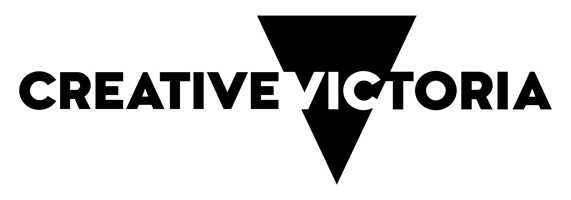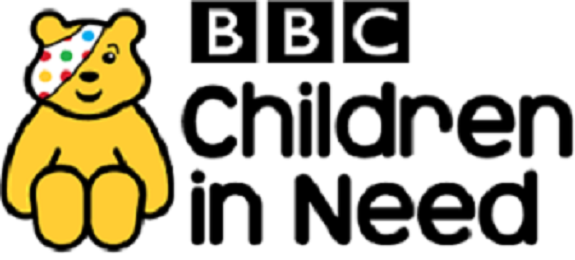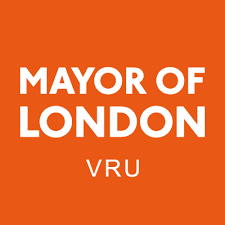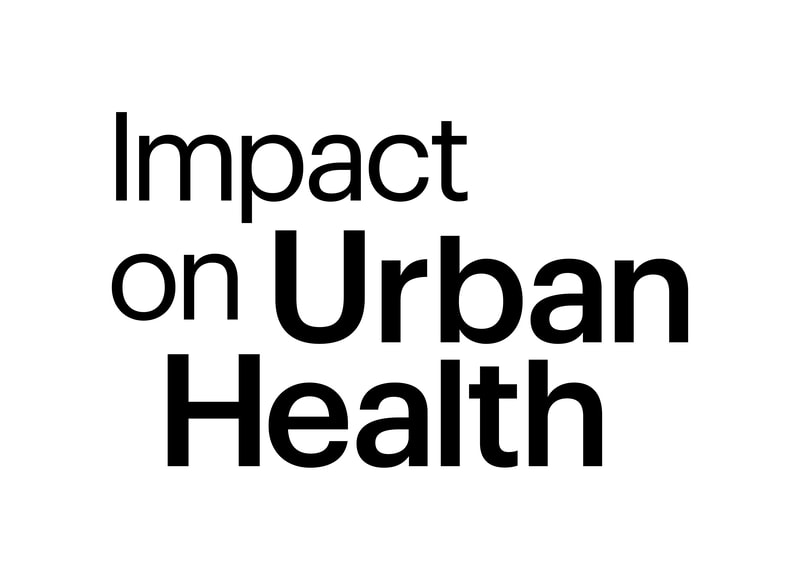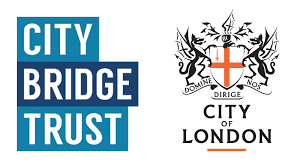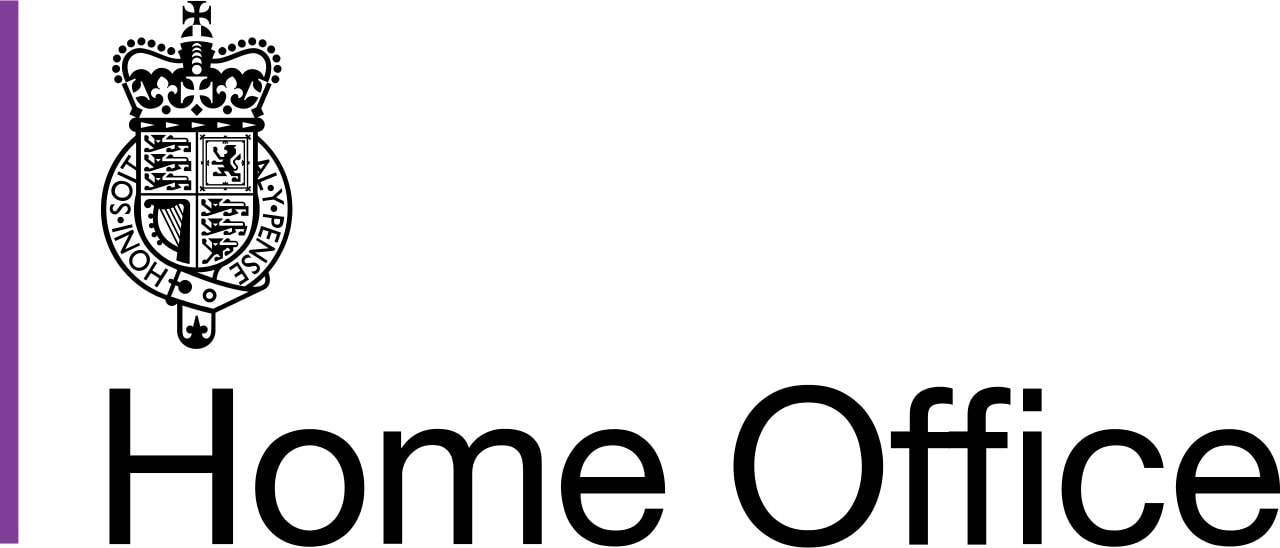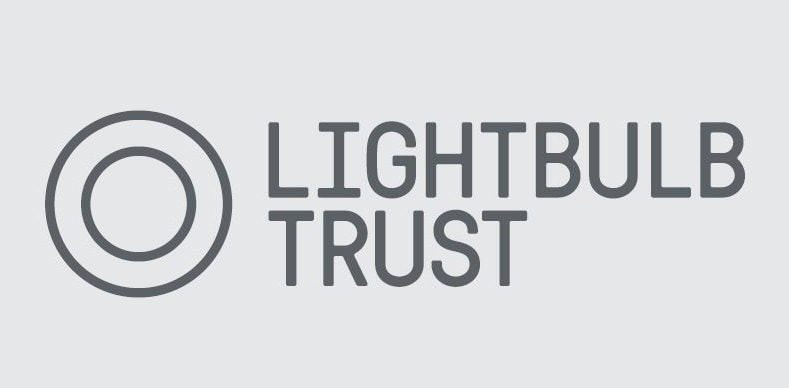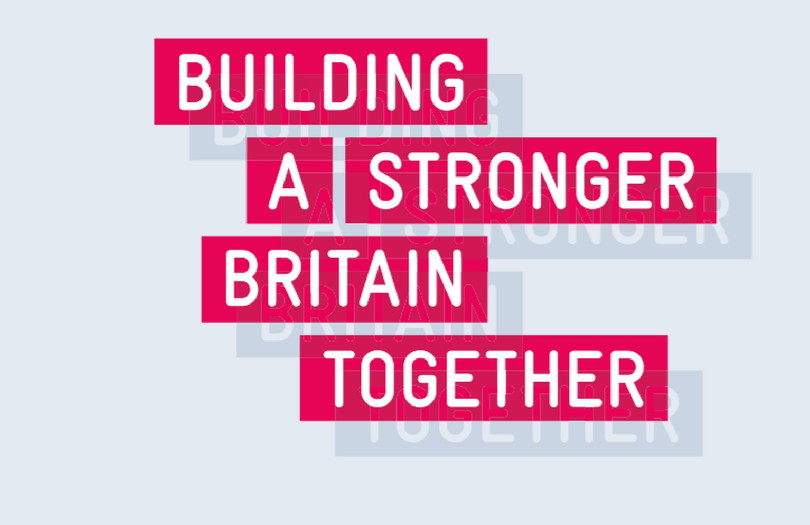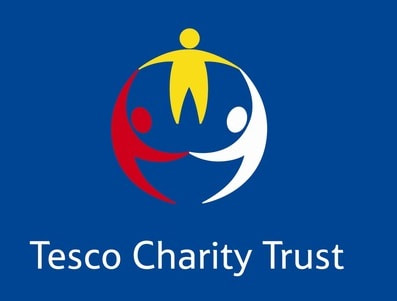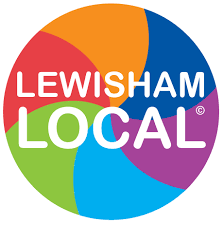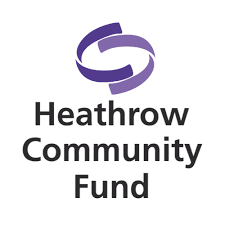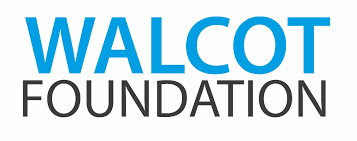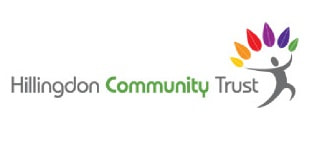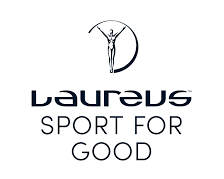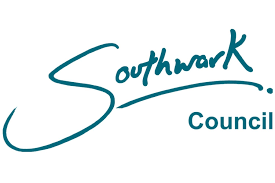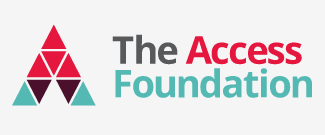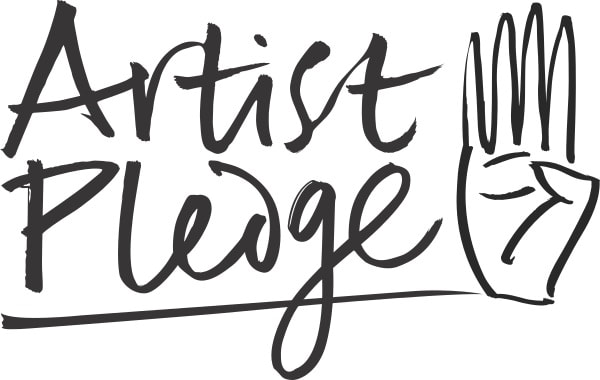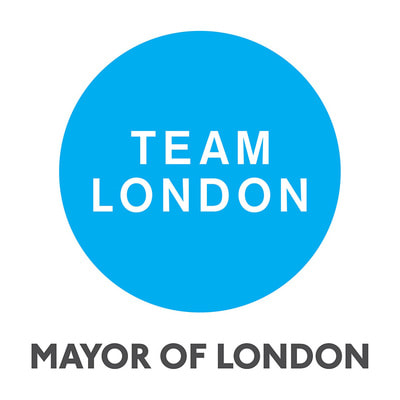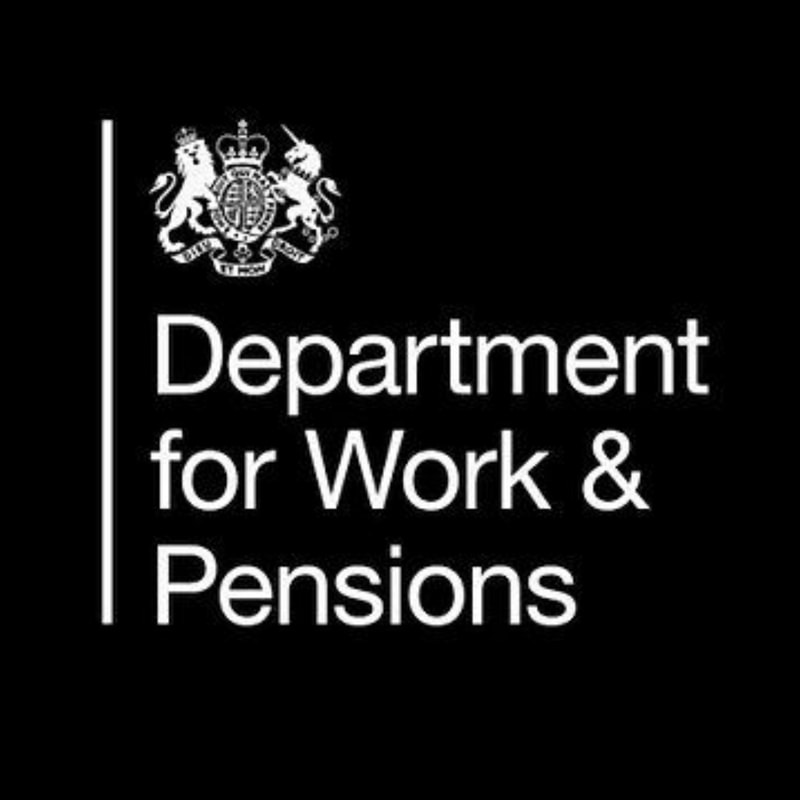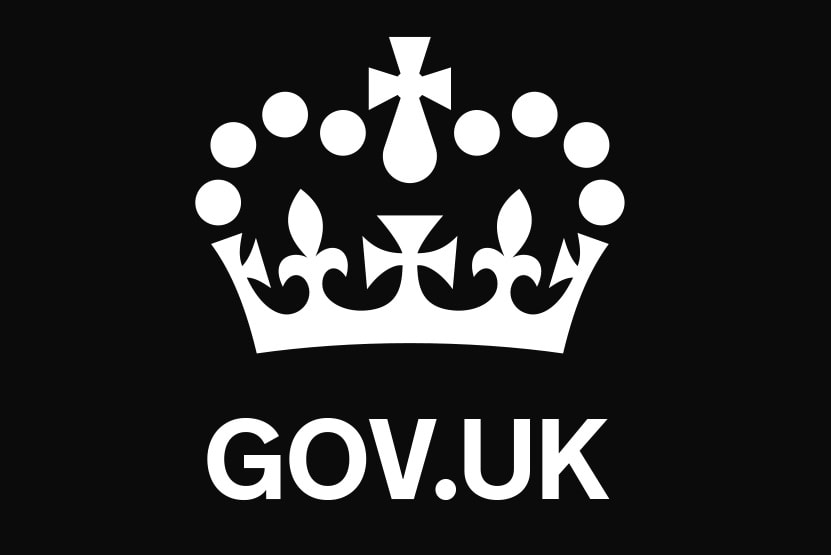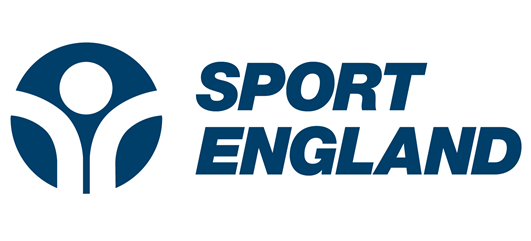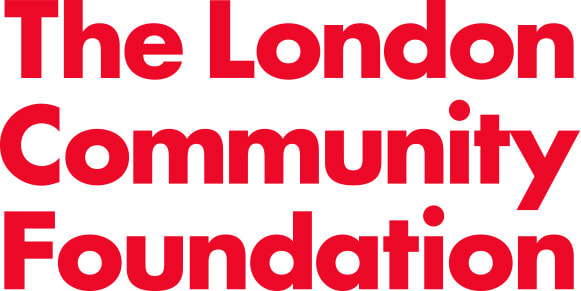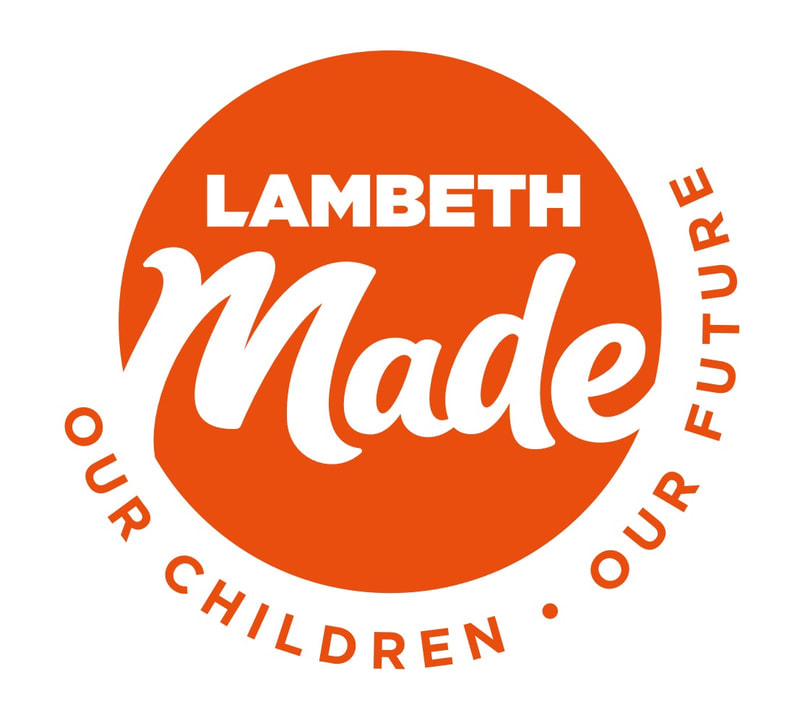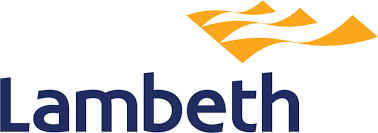Creation is a beautiful thing, here's my quick take on getting you there.
Step One: Thought
So you've had a great idea, a spark! Fantastic! It could be a new product or service, or an enterprising idea which tackles a social problem. Hold on to it, give it some serious thought and nurture it. Set it down for a little while if you have to... but not for too long and never, ever let it go!
|
Step Two: Word
If a spark is a thought then a word must be a fire! You may feel uncomfortable talking about your idea at first, but ultimately it needs to be shared. Talk to people you know and trust, consult some reputable experts, consider opinions and build your mental momentum. Keep it rolling.
|
Step Three: Action
It's time to take action now. Do some market research and create an action plan. Put things in place, get people on board, build a website or run a pilot project. It may be daunting exposing your idea to the rest of the world, but creation requires action, so take that leap and be all that you can be.
|



